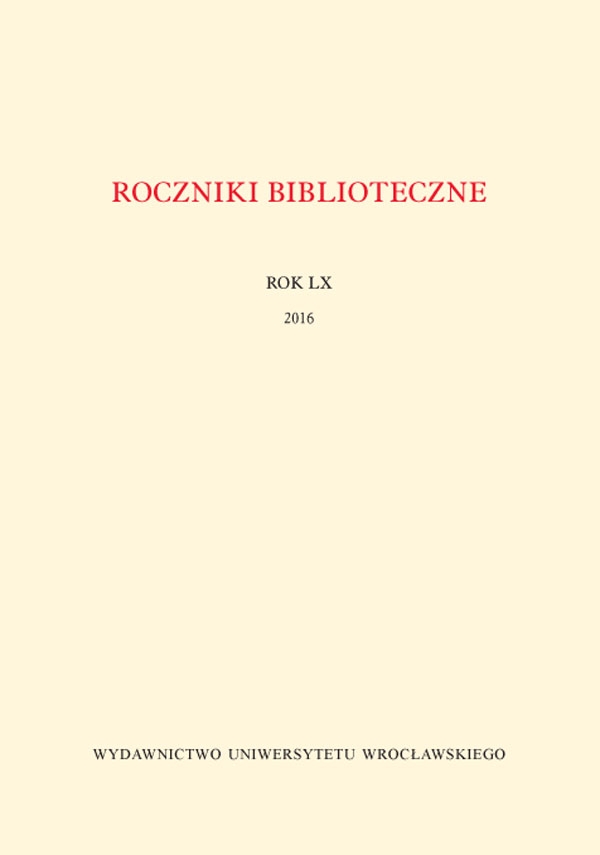

Artykuły i materiały

POPULAR SCIENCE BOOK FOR CHILDREN AND YOUNG ADULTS IN THE EYES OF CRITICS — A RESEARCH RECONNAISSANCE
The aim of the article is to determine the position of popular science books for children and young people in Polish literary criticism and book studies, and to specify the terminology used by scholars. Opinions about such books have been formulated by theorists and practitioners of children’s books since the 19th century, with the criteria of their assessment changing in accordance with the current literary fashions and trends in pedagogy. Critics’ interest in such works was strong until the end of the 19th century, when books for children were expected mainly to serve utilitarian purposes. The phenomenon intensified especially in the era of positivism; among the most enthusiastic advocates of popular science books were Adolf Dygasiński and the co-editor of Bluszcz Maria Ilnicka. The stature of popular science books is also evidenced by the fact that their titles often appeared in recommended bibliographies at the time. A later change in the perception of the tasks of literature for the youngest readers diminished the critics’ interest in such works. In addition, there was a growing rift between literary criticism and pedagogical-library criticism. In communist Poland the perception of popular science books was also affected by the promotion of works not suited to the expectations and needs of the readers. Today, the stature of popular science books rises with their market success and innovative projects in the area. That is why there are numerous reviews of such works in professional journals Guliwer, Nowe Książki, Świat Książki Dziecięcej etc. and websites Mądre książki, 10 książek: na start do nauki etc. as well as studies devoted to the history and evolution in the content and editorial form of such publications, and their usefulness in the teaching and self-education of young readers.